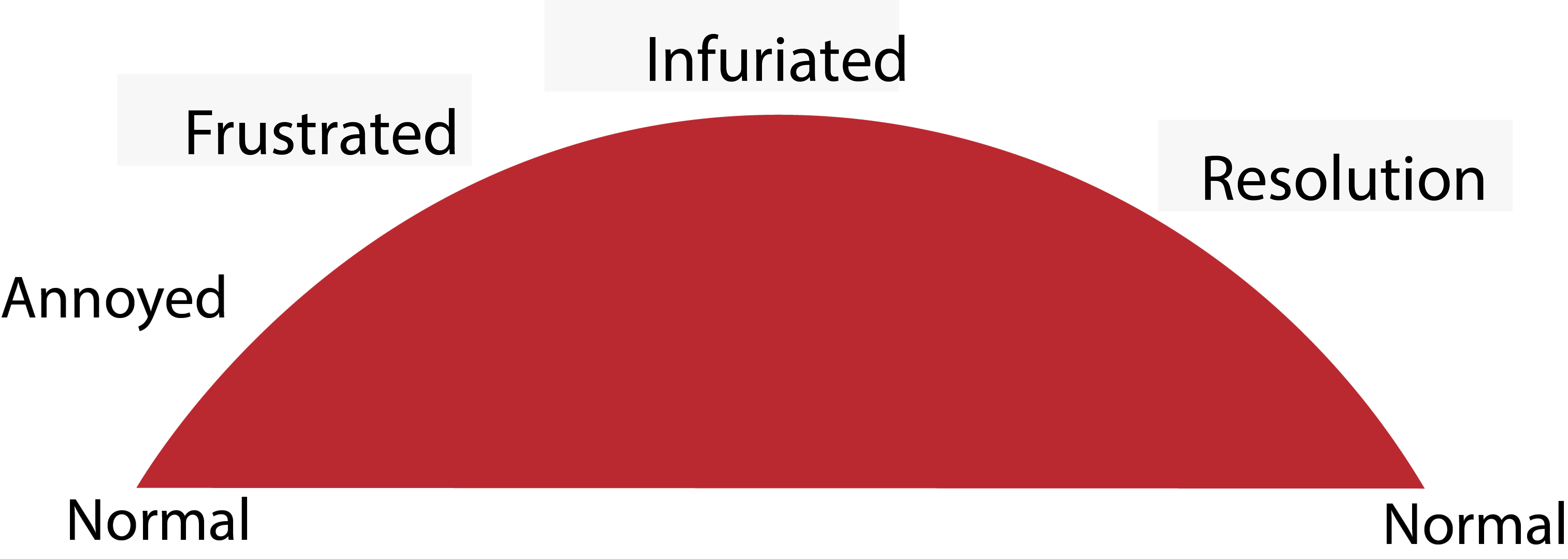
Welcome to Part 2 of the Contractor Education Program at the Dr. Peter AIDS Centre.
- This program is intended to give you a basic introduction to situations that might come up when you are working on our site.
- We expect that you will continue to learn how to use this information when you are working at the Dr. Peter Centre.
- Our staff are trained to give ongoing on-site support in these areas.
Part 2 is divided into three sections that must be completed in this order:
- Bio-hazardous Materials
- Privacy
- Working Around Our Residents
You need to complete all three sections and the final quiz in order to get the Certificate of Completion that gives you access to the Dr. Peter work site.
We estimate it should take about one hour to finish.
How to navigate Part 2
Each of these sections will be presented in the same way:
- Read the information
- Complete the multiple-choice quiz at the end of each section
- You need to get all the answers right before you can move on to the next section
- You can try as often as you want
- If you get the wrong answer, you will be taken back to the information section where you can look up the information.
- After you have checked the information, click on the “Click here when done” button and you will be taken back to the question you were working on.
- When you finish each quiz, you’ll get a code that allows you to advance to the next section
When you’ve completed all three sections, there will be a final test that will ask you to combine everything you’ve learned in Parts 1 and 2
When you’re done all this, you will advance to the Conclusion of the course, where you will get the Certificate of Completion and instructions for how to report for work.
Support
- If you have questions about the material or problems accessing this site, you can get support from Dr. Peter staff by clicking on the ‘Help’ button for contact information
1. Bio-hazardous Materials
We take your safety seriously, and it’s important to understand the risks and realities of working in areas with the risk of communicable disease transmission.
While it’s unlikely that you’ll ever be in danger of disease transmission as a result of your work, a solid understanding of this topic will keep you safe.
At the end of this section you’ll know
- Some important information about communicable diseases
- What the potential risks are in these areas
- What practical actions can you take to keep yourself safe and minimize your risk.
After you have read the material, you will do a 10-question multiple choice quiz to test your understanding.
You need to get all the answers right before you can move on to the next section.
(This information comes from WorkSafe BC. If you want more information, you can find it by clicking here)
Part 1 - Definitions
| 1. What do HIV, Hepatitis B and C have in common? | They are all caused by viruses and are infectious. |
| 2. How do they spread? | The virus exists in the blood of the infected individual. Some of their blood or some body fluids must enter your bloodstream. |
| 3. How can this occur? | Although exposure can take place during sexual activity unprotected by condom and the sharing of needles, the common methods of work related exposure are the splashing of infected blood on non-intact skin or mucous membranes and the puncturing of the skin by needles or other sharp objects. |
| 4. What do we mean by non-intact skin? | Any break in your own skin which is nature’s ‘protective wrap”. This can include fresh cuts, hangnails, nicks and abrasions. Skin entry can also occur through rashes, chapped skin, eczema, dermatitis and weeping or open sores. |
| 5. What are mucous membranes? | For occupational exposure, the mucous membranes of significance are the tissues lining the eyes, nose and mouth. |
| 6. What do we mean by exposure? | Any circumstance where blood or other potentially infectious fluids come in contact with non-intact skin, mucous membranes or subcutaneous tissue (tissue underlying the skin) |
Part 2 - Risks
| What are the actual risks of infection following an exposure to infected blood or body fluids when caused by a needle or sharp object puncturing the skin? |
|
| What about following an exposure to non-intact skin or mucous membranes? |
|
| How can you tell if a person is infected with or carrying these diseases? |
|
Part 3 - Precautions
| 1. What precautions can I take before starting to work on site? |
|
| 2. What precautions can I take while I’m working? |
Practice STANDARD PRECAUTIONS. |
|
3. What are Standard Precautions?
|
A set of standardized procedures generally used within the medical profession to prevent both the contracting of diseases and the transmission to others. These precautions relate most to the Dr. Peter AIDS Centre:
|
| 4. What if I find needles, used condoms and other potentially contaminated items? |
|
Part 4 - Quiz
2. Privacy
Respecting the privacy of our residents is important to us. It’s essential that everybody with access to the building understand this, both the legal requirements and those specific to the Dr. Peter AIDS Centre.
The Dr. Peter Centre is regulated by BC privacy laws called PIPA (Personal Information and Privacy Act). The Dr. Peter Centre also has our own policies around the protection of our residents’ privacy.
At the end of this section you’ll know
- What kind of information is considered private
- What you need to do to keep information private
- When you can disclose private information
After you have read the material, you will do a 10-question multiple choice quiz to test your understanding.
You need to get all the answers right before you can move on to the next section.
Examples of private information you might come across in your work here are: These examples are based on the provincial PIPA regulations. You can access the full information here: https://www.oipc.bc.ca/guidance-documents/1438
In addition to the provincial regulations around privacy, the Dr. Peter Centre has our own policies which you need to be aware of. We are a close community and it might seem as though everyone shares everything with everyone else, but this is not the case. You should always be aware of protecting resident privacy and maintaining a professional approach to dealing with our clients.
Part 1 - What is Private Information?
Part 2 - Privacy at the Dr. Peter AIDS Centre
Part 3 - When Can I Share Private Information and Who With?
Part 4 - Quiz
3. Working Around Our Residents
Residents at the Dr. Peter Centre may be experiencing situations in their lives which affect how they relate to other people. Managing relationships with our residents is one of our highest priorities. It is important to demonstrate compassion and support even in difficult circumstances.
The Dr. Peter Centre has a zero-tolerance policy for abusive behaviour, whether it’s behaviour of staff, residents, employees, or guests.
The best rule of conduct is to treat people the way you would want to be treated if you were in their shoes.
At the end of this section you’ll know
- How crisis situations develop
- How and when you can calm a difficult situation
- When to get help
After you have read the material, you will do a multiple choice quiz to test your understanding.
You need to get all the answers right before you can move on to the next section.
Difficult interactions with anger generally follow the anger curve, shown below: You should not take this personally--people often are dealing with other difficult situations in their lives which make them less patient than they might usually be.
Example Situations:
Part 1 - The Anger Curve

Stage
Description
Normal
Before Stage 1 and after Stage 4 is the 'baseline.' This is the person's usual personality and way of being.
Stage 1: Annoyed
The person is upset for a minute, but if you listen quietly and apologise immediately, the person will return back to their normal state.
Stage 2: Frustrated
The person is upset and your apology doesn't help. In fact they seem to be getting angrier. It will take time for them to return to normal.
Stage 3: Infuriated
The person is no longer in control of their emotions. It will take time and possibly 3rd party intervention for them to return to normal.
Stage 4 Resolution
The person begins to calm down. This is the goal for any interaction involving angry emotions.
Part 2 - What to Do in A Difficult Situation
Questions to ask
Action
1. Is there anything I can do to make this situation better?
2. Am I or anyone else being verbally abused?
3. Is this behaviour interfering with my work?
4. Am I or anyone else in danger because of this situation?
5. Am I or anyone else being threatened with physical violence?
6. Are laws being broken?
Part 3 - Quiz
4. Final Quiz
Congratulations on getting to the final activity!
This section will test your knowledge of the information covered in in Part 1 (Health and Safety) and Part 2 (biohazardous materials, privacy and confidentiality, working with vulnerable groups).
You will be presented with a story about a situation that you could find yourself in at work. At certain points you’ll be presented with a question and several choices. You must choose the best possible answer.
It works like the multiple choice quizzes in the previous sections:
- Read the question
- Click on the best answer
- You need to get all the answers right before you can move on to the Concluding Section for the Certificate of Completion and instructions on reporting for work
- You can try as often as you want
- If you get the wrong answer, you will be taken back to the information section where you can look up the information.
- After you have checked the information, click on the “Click here when done” button and you will be taken back to the question you were working on.
When you complete the scenario successfully, you can proceed to the Conclusion section to get your Certificate of Completion and instructions for how to report to work by clicking the red arrow below.


